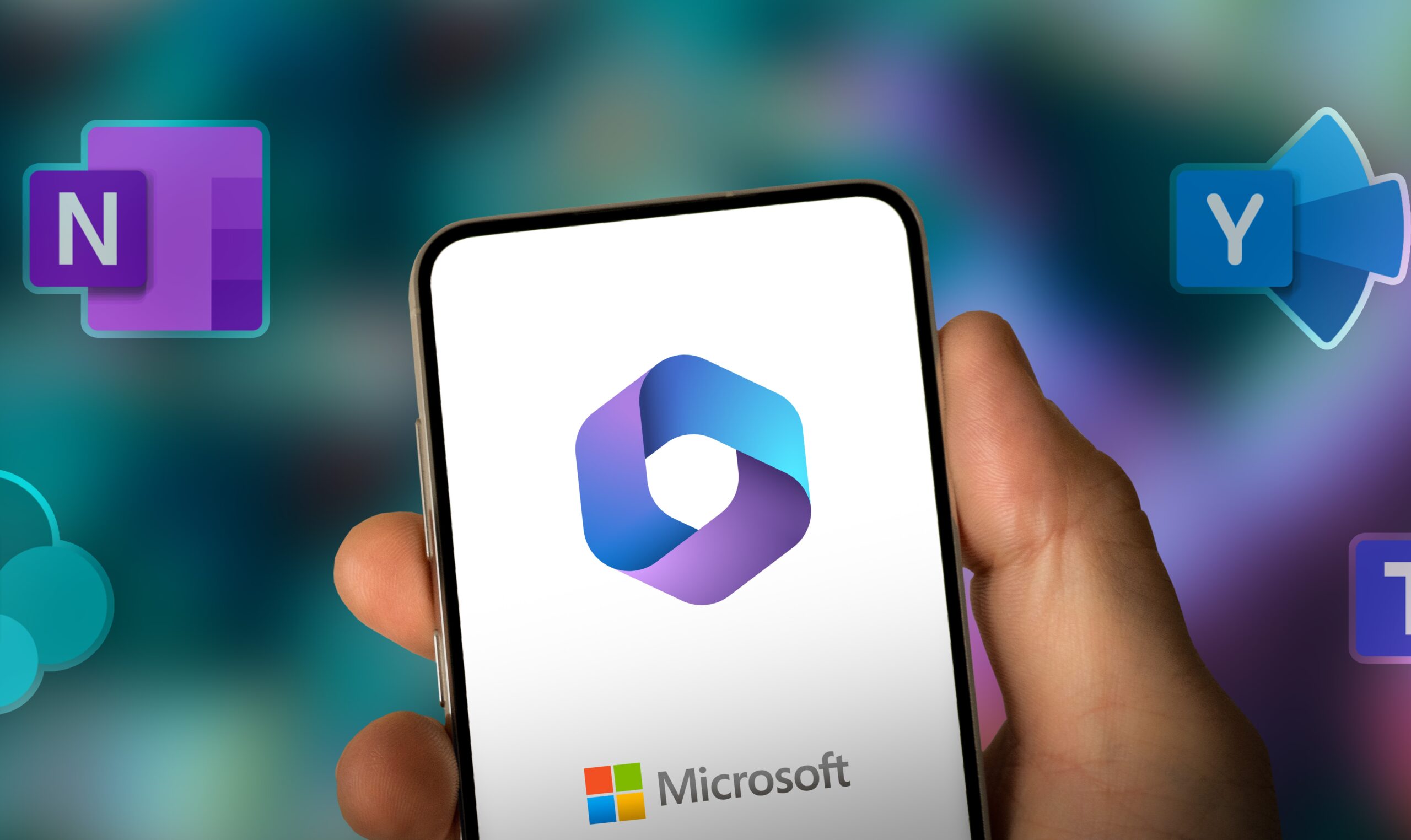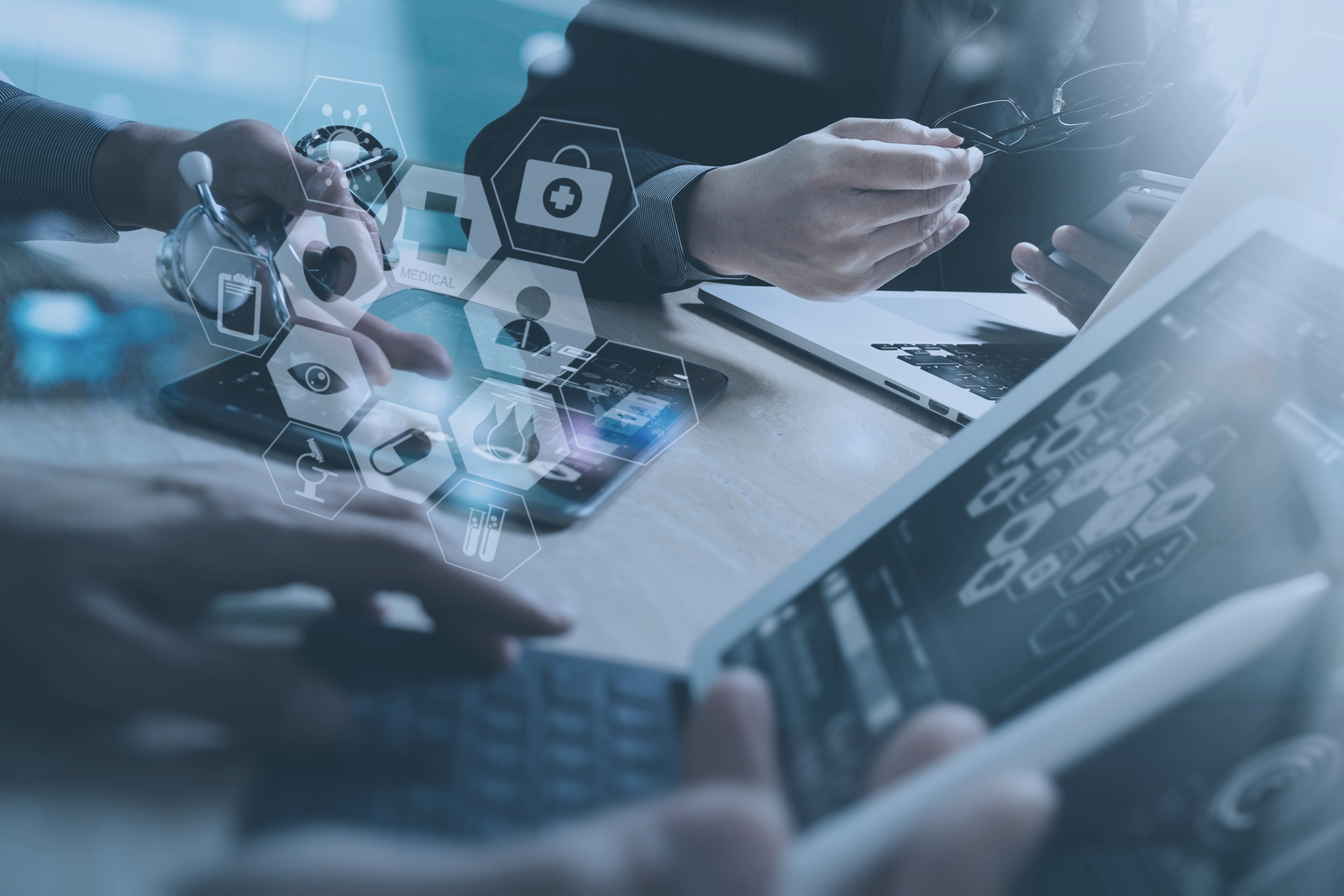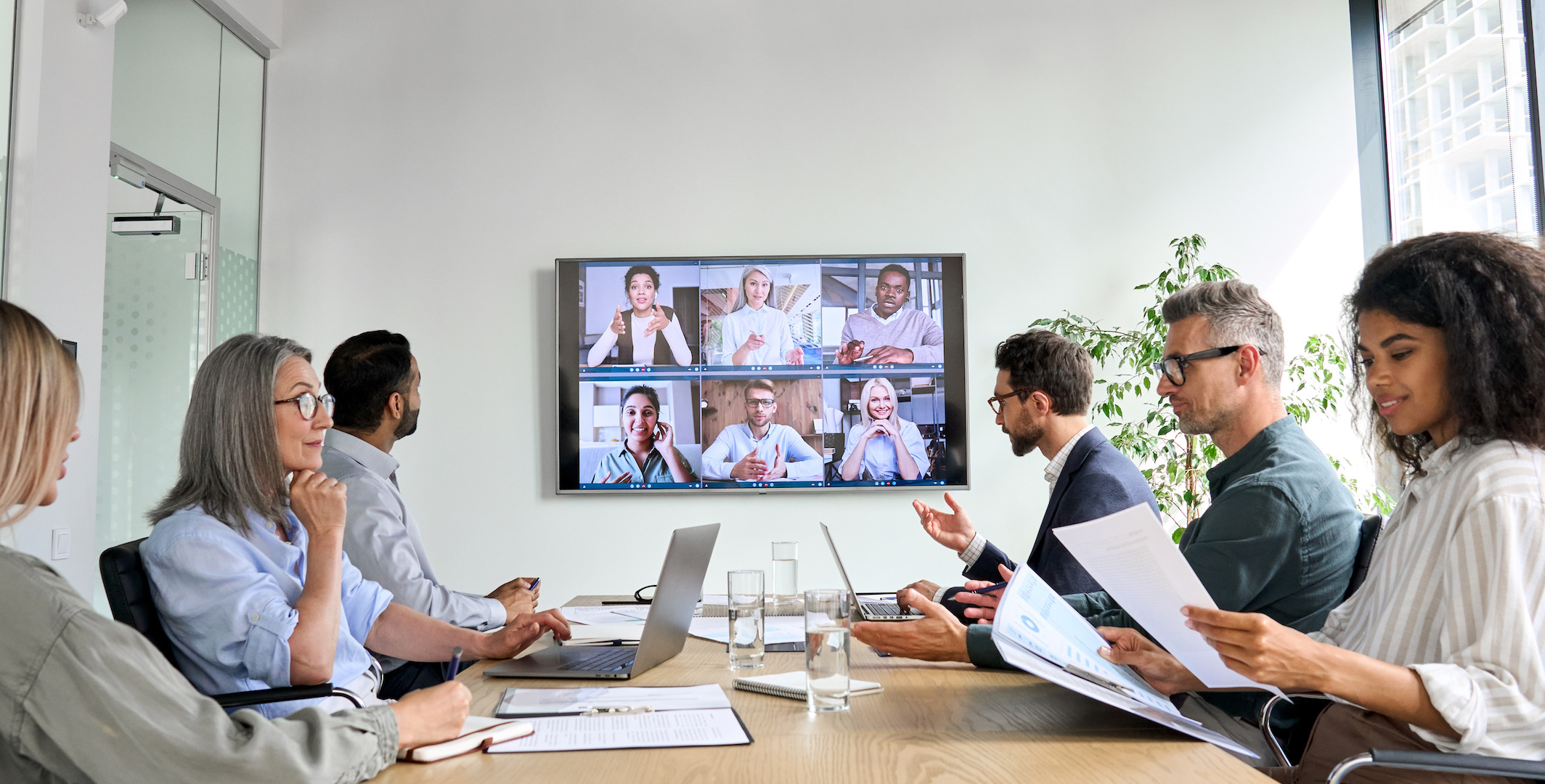Are you tired of being overwhelmed by mundane tasks and struggling to tap into your creative potential? Prepare to be amazed by Microsoft 365 Copilot, a game-changing innovation that will revolutionize your work.
By seamlessly integrating with your favorite Microsoft 365 apps, Copilot harnesses the power of artificial intelligence to transform your productivity and unlock your creative genius.
But how exactly does it accomplish this? Stay tuned to discover how Microsoft 365 Copilot can completely reshape your work experience and empower you to achieve more than ever.
How Microsoft 365 Copilot Boosts Productivity
Microsoft 365 Copilot revolutionizes productivity by seamlessly integrating with your favorite Microsoft 365 apps, providing real-time assistance and suggestions to help you work smarter and faster. With the help of language models and natural language processing, Copilot understands your needs and assists you in a wide range of tasks.
Whether you’re writing, researching, creating presentations, managing meetings, or handling emails, Copilot supports you at every step.
Imagine you’re writing a report in Word and stuck on finding the right words. Copilot is like having a virtual writing partner. It can generate ideas, brainstorm outlines, and even help you with creative content. Need to summarize a lengthy document quickly? Copilot can do that for you, saving you time and effort. It can also translate languages, making communicating with international colleagues or clients easier.
Not only does Copilot excel in generating content, but it’s also a powerful tool for research. It can find relevant information from your organization’s data and the web, helping you gather insights and analyze trends. From creating slides to suggesting talking points, Copilot makes presentations a breeze. It can even assist you during the delivery, ensuring you deliver confidently.
Copilot also shines in meetings, allowing you to take notes, capture critical decisions, and follow up on action items. When managing your inbox, Copilot can compose emails, schedule meetings, and help you stay organized. By automating repetitive tasks and assisting with complex ones, Copilot boosts your productivity, giving you more time to focus on your most important tasks.
The Creative Power of Microsoft 365 Copilot
Unleash your creativity with the powerful assistance of Microsoft 365 Copilot. Here’s how it can help you tap into your creative potential:
1. Streamline repetitive tasks: Copilot handles mundane tasks like formatting documents or creating meeting agendas, freeing up your time to focus on more creative work. With Copilot, you can breeze through administrative tasks and dive into the more exciting aspects of your projects.
2. Simplify lengthy presentations: Crafting long presentations can be daunting. Copilot can assist you by suggesting talking points, helping you structure your content, and even providing simple prompts to keep your audience engaged. With Copilot’s guidance, you can create impactful presentations that captivate your audience.
3. Manage action items effortlessly: Copilot can help you keep track of action items from meetings. It automatically captures critical decisions and prompts you to follow up on action items, ensuring that nothing falls through the cracks. With Copilot as your copilot, you can stay organized and ensure that tasks are completed on time.
With its dynamic capabilities and intuitive user experience, Microsoft 365 Copilot empowers you to elevate your writing style, simplify complex tasks, and unlock your creative potential. It’s time to harness the creative power of Copilot and discover new possibilities in your work.
Streamlining Work with Copilot
Save time and increase efficiency by streamlining your work with the assistance of Microsoft 365 Copilot. This AI-powered assistant integrates with your favorite Microsoft 365 apps, including Teams, to help you with various tasks.
With Copilot, you can quickly generate speaker notes for your presentations, saving you the hassle of manually creating them. It can also help you find and organize relevant public content to quickly access the information you need.
One of the critical features of Copilot is its ability to assist with individual user tasks. It can analyze your chat history and threads to provide suggestions and recommendations based on previous conversations. This makes finding information or continuing discussions easier without searching through numerous messages.
Copilot also understands natural language commands, allowing you to interact with it effortlessly.
Mastering Efficiency with Microsoft 365 Copilot
Increase your productivity and efficiency with the powerful capabilities of Microsoft 365 Copilot. This AI-powered assistant is designed to help you master efficiency by streamlining your work processes and providing valuable support.
Here’s how it can transform the way you work:
1. Simplify complex tasks: Copilot can assist you in managing a series of functions seamlessly. Whether you need to create a comprehensive report or analyze data from external sources, Copilot can handle it. With its natural language inputs, you can communicate your requirements effortlessly.
2. Optimize collaboration: Copilot integrates with Microsoft Teams, allowing you to collaborate effectively with your colleagues. It provides suggestions and helps you draft messages, schedule meetings, and share links to sources within your conversations. This ensures everyone is on the same page and can access relevant information easily.
3. Enhance meeting productivity: Copilot revolutionizes your meeting experience by offering features such as quick notes and follow-up action items. It can also assist in creating complete presentations, suggesting talking points, and ensuring smooth delivery. This enables you to have more effective meetings and maximize your time.
With Microsoft 365 Copilot, you can unlock your full potential and achieve higher levels of efficiency in your work. Say goodbye to mundane tasks and embrace a more productive and streamlined approach to your daily responsibilities.
Transforming the Way We Work: Microsoft 365 Copilot
Microsoft 365 Copilot revolutionizes our work by leveraging AI technology to enhance productivity and collaboration. With its advanced capabilities in generative AI, Copilot transforms our daily work operations to a whole new level. It goes beyond being just a tool and becomes our next-generation AI assistant. Copilot acts as a standalone copilot, guiding us through our tasks and offering intelligent suggestions every step of the way.
By integrating seamlessly with Microsoft 365 apps, Copilot becomes an essential part of our business operations. It understands our needs, context, and preferences, allowing us to work more efficiently and effectively. Copilot becomes an indispensable companion that helps us navigate through complex tasks, streamline workflows, and achieve our goals.
One of the critical features of Copilot is its ability to leverage endpoint taxonomy. It can understand and categorize different data types, providing accurate and relevant insights. Whether we’re writing, researching, creating presentations, or managing emails and meetings, Copilot is there to assist us, making our work more accessible and productive.
Microsoft 365 Copilot can transform how we work and unlock our full potential. It empowers us to accomplish more quickly, unleashing our creativity and reducing stress. By embracing the power of AI, we can revolutionize our work processes and achieve new heights of productivity and collaboration.
A Real Game Changer
Microsoft 365 Copilot is a game-changer for enhancing productivity and unleashing creativity. With AI-powered assistance and integration with famous Microsoft 365 apps, Copilot automates repetitive tasks, offers innovative suggestions, and streamlines work processes.
By saving time and effort, Copilot allows you to focus on what truly matters, resulting in a more efficient and fulfilling work experience.
Embrace the power of Microsoft 365 Copilot and revolutionize the way you work.
Ready to transform your work experience? Elevate productivity, streamline tasks, and unleash your creative potential with Microsoft 365 Copilot. Embrace the future of work with WheelHouse IT – Contact us now to revolutionize the way you work.











